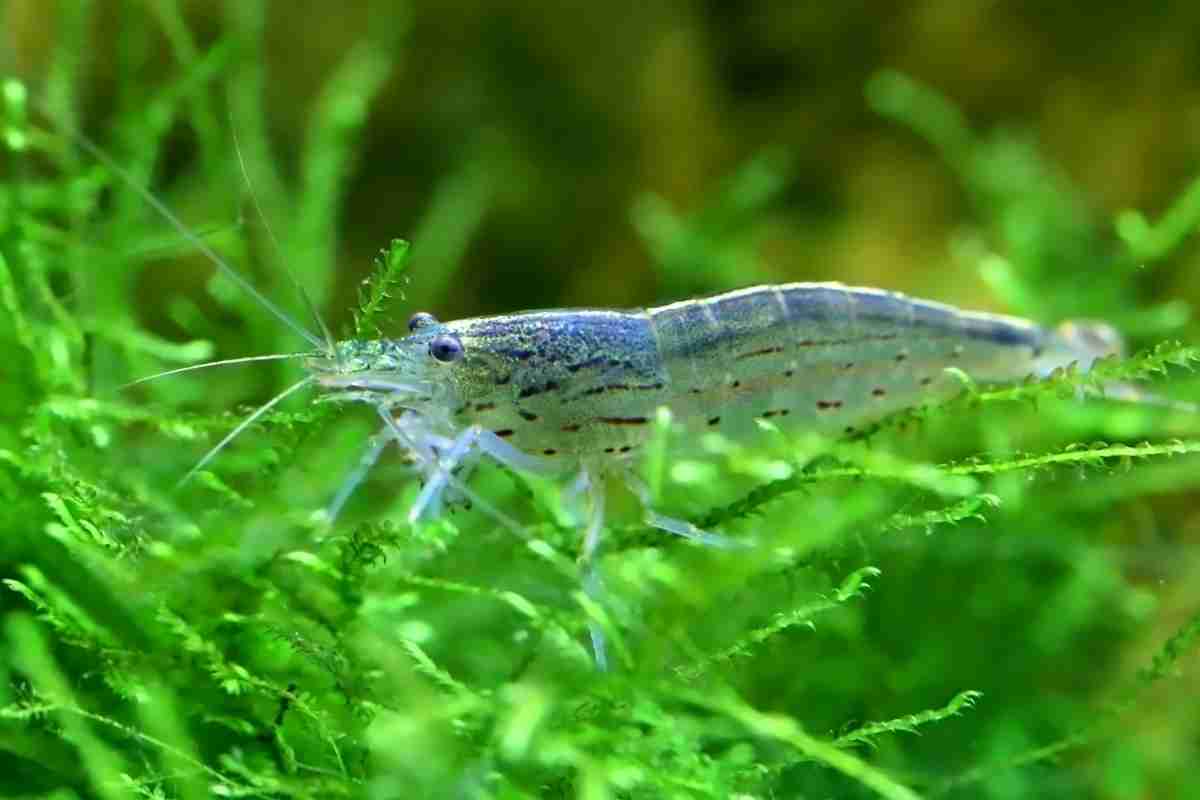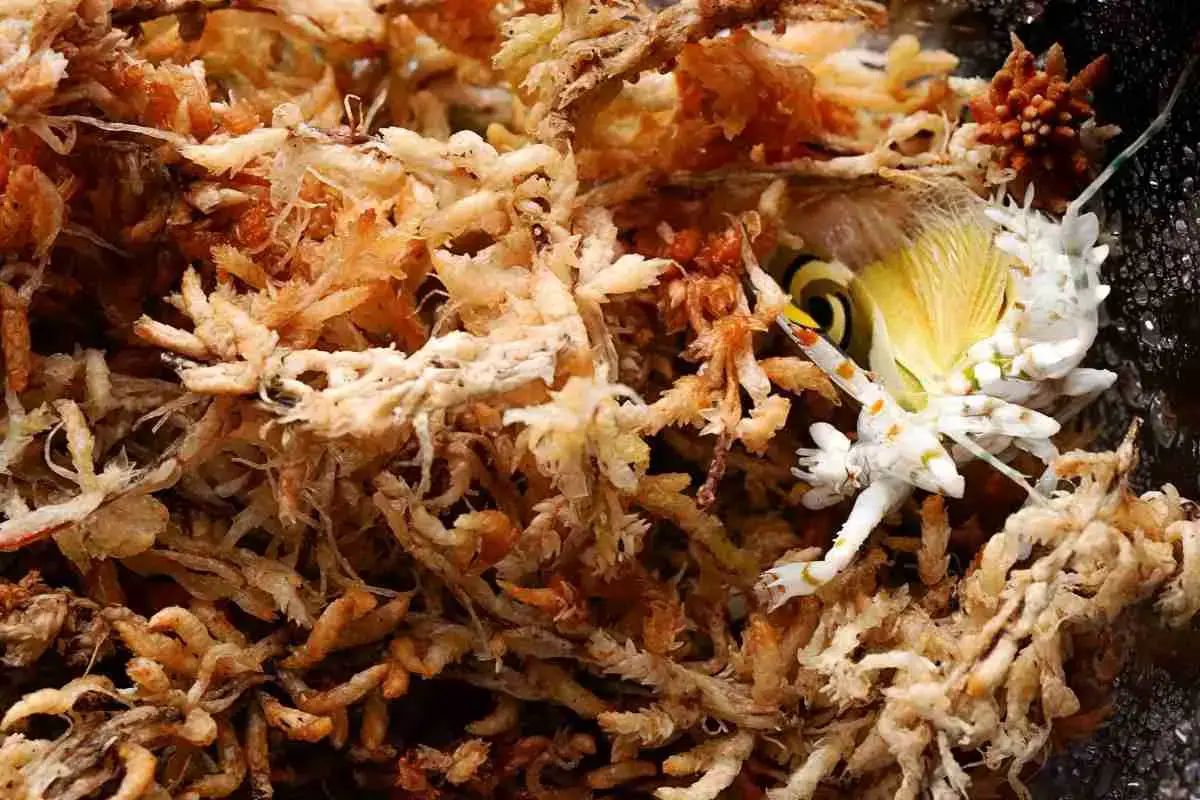
3 Simple Methods To Sterilize Sphagnum Moss
Read more
Does Moss Need Water To Survive?
Read more
How to grow moss without moss. And why you’d rather not
Read more
How to Grow Moss with Yogurt? Step By Step Guide!
Read more
7 Ways To Permanently Remove Moss From Concrete
Read more
Does Moss Need Soil? Detailed Guide
Read more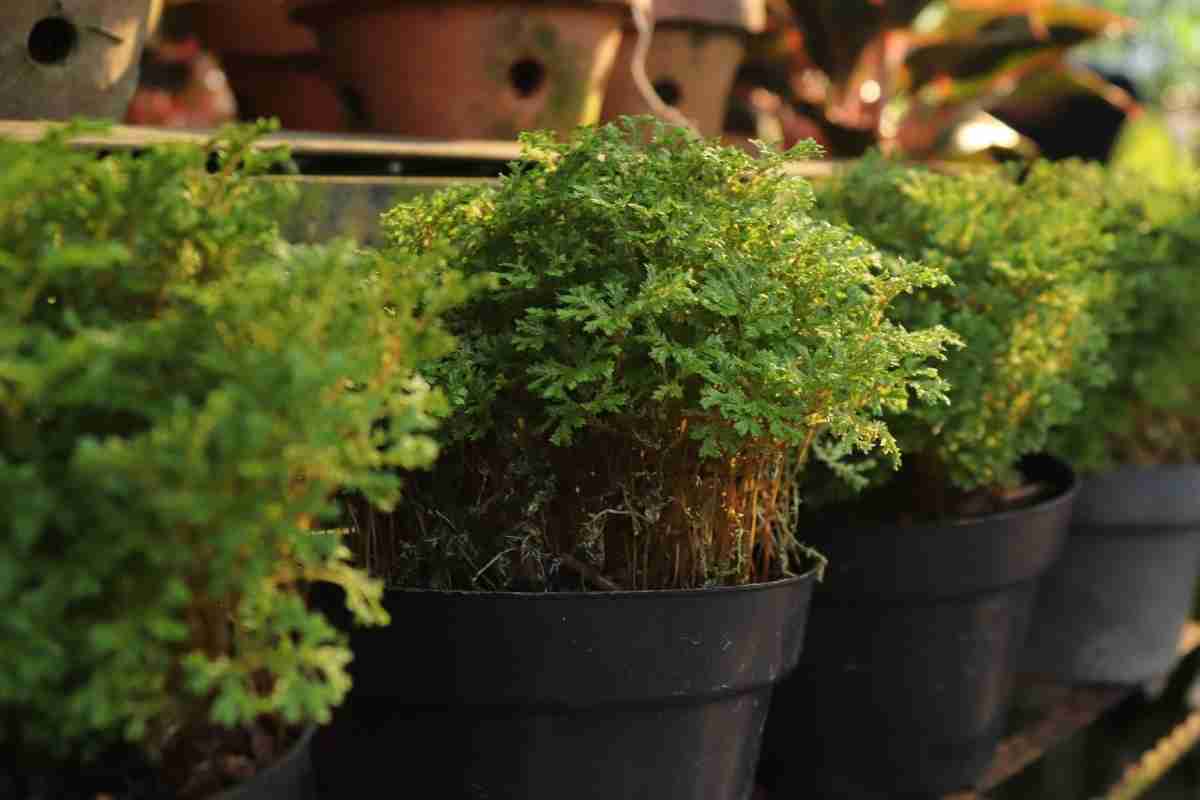
Is Moss Good For Plants? (Indoor & Outdoor Plants)
Read more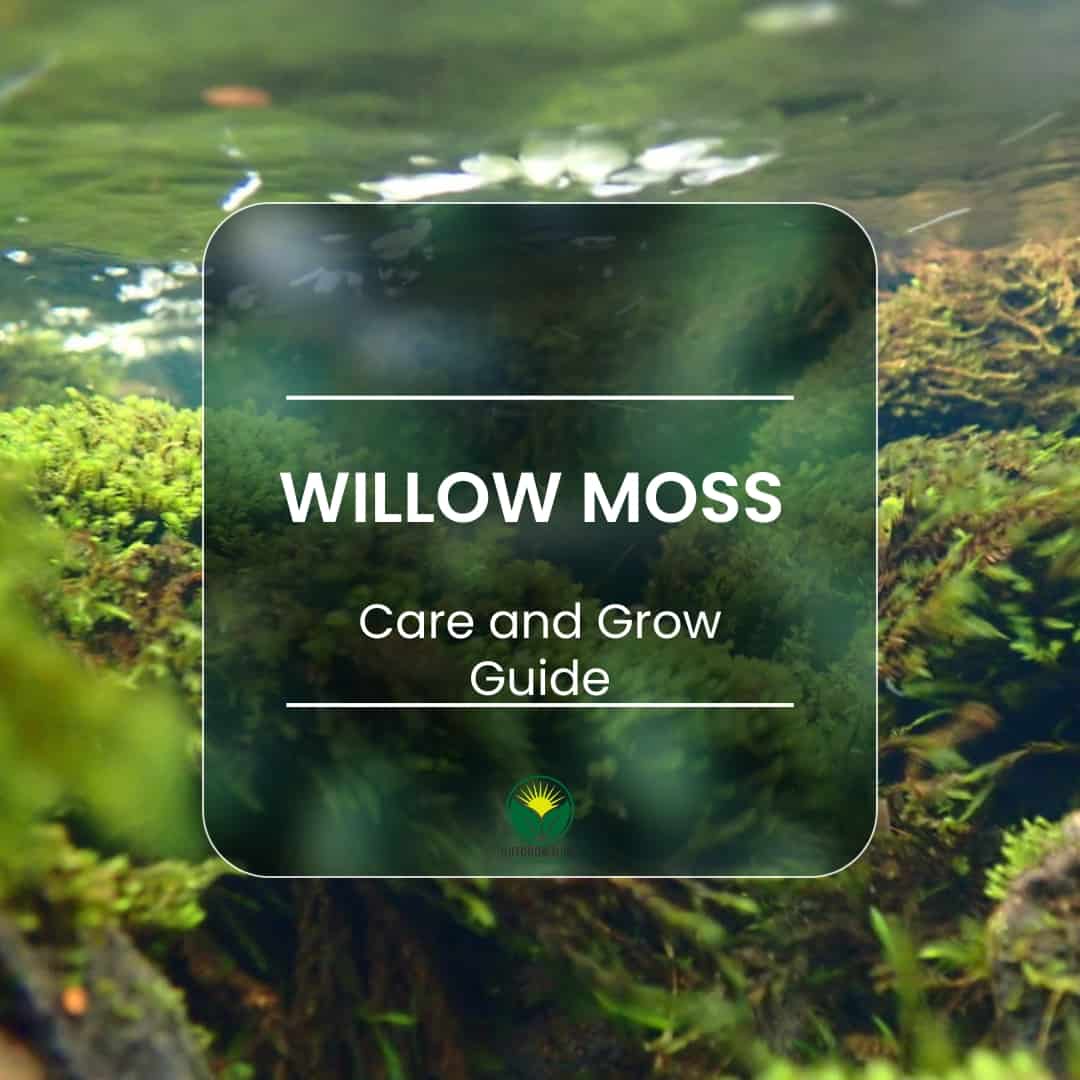
Willow Moss (Fontinalis Antipyretica). The aquatic moss par excellence. How to take care of it and make it grow in aquarium
Read more
Do Moss Balls Have Worms? Is It Normal?
Read more
Does Moss Need Sunlight?
Read more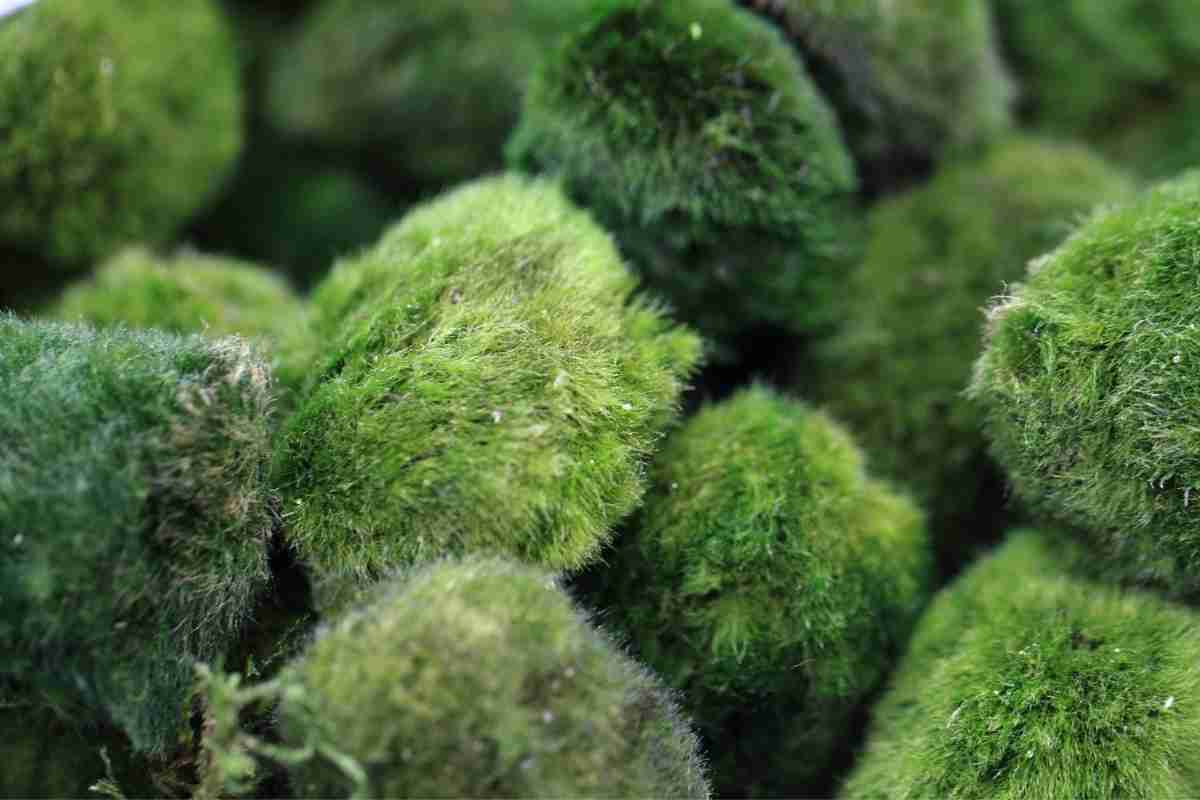
What Are Moss Ball Pets? Detailed Guide!
Read more